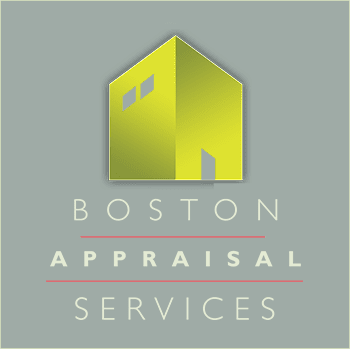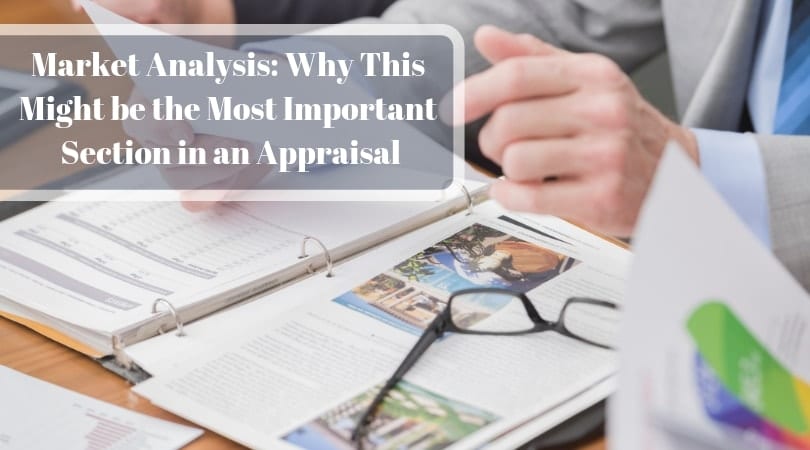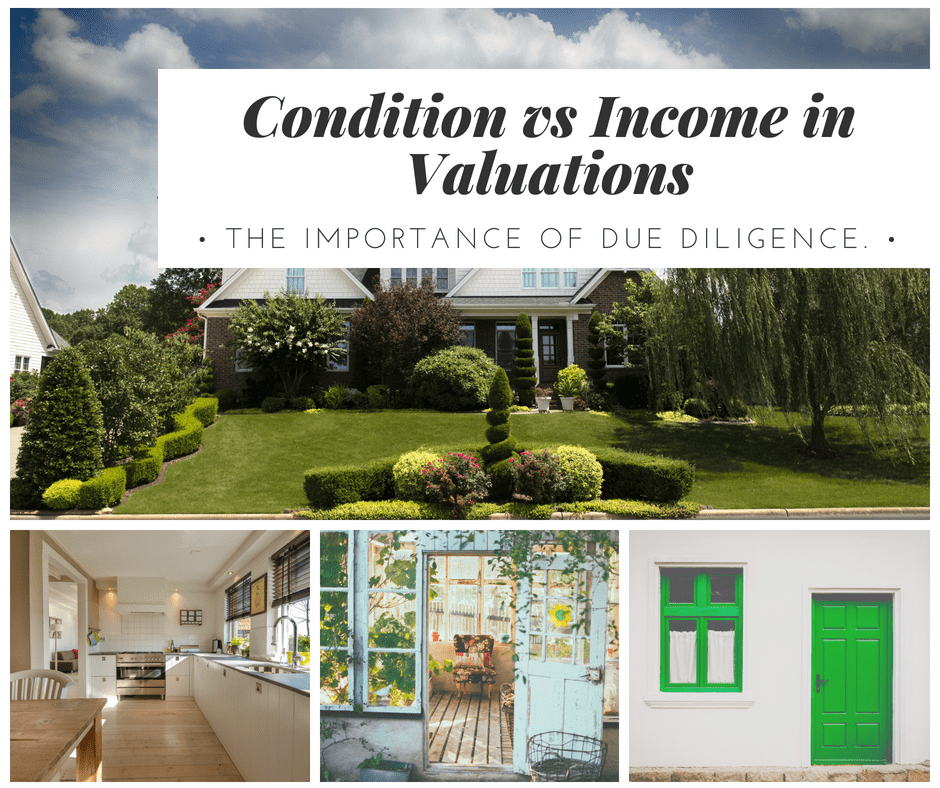The Market Analysis section in an appraisal report contains precious information that directly influences the value of a property and also provides priceless insight into a myriad of data relating to the financial feasibility of a property. It is common for many prospective users of an appraisal report to ignore various sections of the report and focus solely on segments that indicate property value. The downside of this approach to valuations is that the reader, therefore, misses key insights into the subject market that can benefit the owner, buyer, seller, or lender.
If you’re planning your next development, considering strategies for an upcoming renovation, or managing an existing build, how can you maximize the returns from the project and do something good for human health and the environment?
There are an array of strategies and methods to reduce environmental impact, limit energy and water consumption, increase demand and resale value, and improve your bottom line.
What position do you want to be in when you exit your commercial real estate investments? If you put these 7 income and value boosting strategies to work, you’ll be on your way to a profitable project conclusion. The essential avenues to improve value include increasing demand, boosting income, lowering expenses, and reducing risk. The following approaches make sense in nearly any market and will improve the exit results of any commercial property investment.
Adjusting for condition isn’t something that most appraisers love to do as it involves a significant amount of research to make an accurate estimate of the difference in value due to the condition of physical improvements.
The income approach to valuations is a relatively simple method that calculates the value of a property based on the net income it generates in the course of a year. An appraiser will use a multiplier called the capitalization rate to calculate the value. Valuations professionals like using this method whenever possible as the data regarding investor income and risk expectations is readily available by examining income and purchase price trends for a class of properties in a given market.
Often, less detail-oriented appraisers will focus too heavily on the income a property produces without giving adequate attention to the impact the property’s condition has on value, particularly in the long term. Even where a development’s income is relatively strong, savvy investors should consider how the condition of the property will influence ongoing maintenance and operational costs.
Older buildings, and those less well maintained, can suffer from a host of environmental and efficiency issues that potentially hinder the property’s exit value, contribute to liability concerns, lead to excessive energy and water expense, and limit tenant appeal, ultimately leading to losses and diminished returns.
In the case of single family residences, and those properties not intended for income generation, condition is a primary issue that appraisers must consider in the absence of financial data and comparisons. Adjustments for features are typically straight-forward using the paired sales analysis method; however, adjusting for condition requires more insight on how property condition influences appeal, functionality, and short-term/on-going repair expenses.
While a property’s value may be supported by the presence of comparables with very similar features, location, and functional utility, differences in condition can render a drastic disparity in value, especial within the minds of real estate consumers, personal and commercial alike.
The most professional and diligent appraisers and valuation firms place an emphasis on looking at the broader image when considering the property’s value. Equal weight must be given to economic, social, regulatory, and behavioral factors that influence the market value of a property. For those valuation professionals that really get into condition and understanding how the market reacts to property age, best use, and economic/functional obsolescence, they are able to deliver higher quality reports that perform more reliably in serving the sensitive needs of clients and borrowers.
How do you know if you’re making the most money possible from a property? Are you getting the greatest economic and functional value from your investment? How will the long-term value of the property be affected by zoning changes, new developments, and the usages of surrounding properties?
Highest and best use analysis considers these issues and provides indicators of how the value is, and will be, influenced by emerging local market factors. When you understand what usage of the property is likely to produce the greatest value over time, you can formulate development and disposition plans that will yield the greatest ROI, and reflect the most positively on your Massachusetts investment portfolio and resume.





